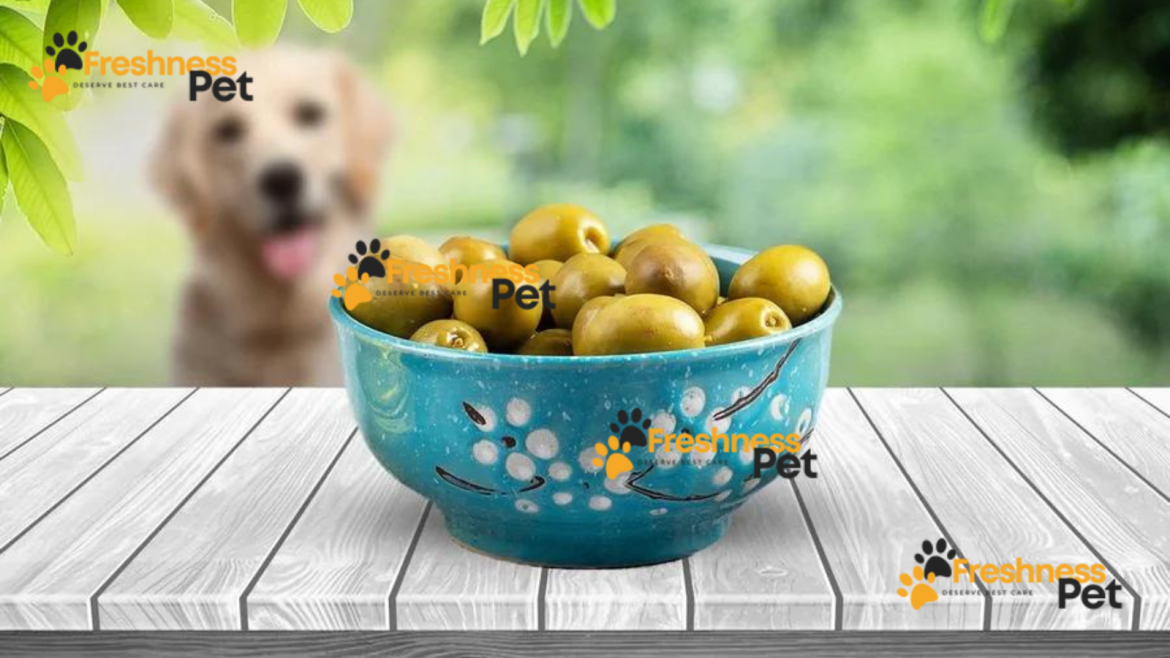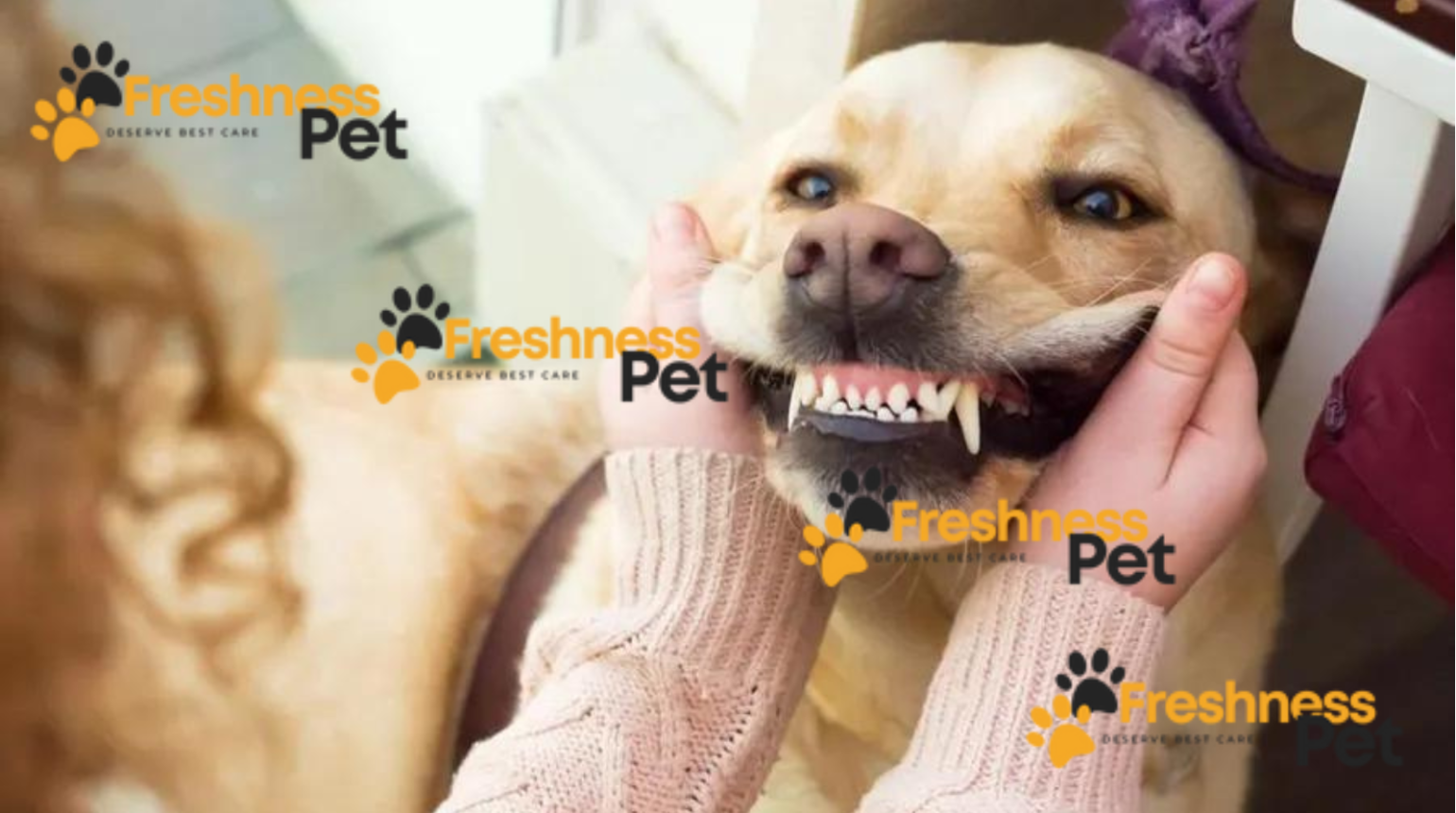Ever wondered if your dog deserves a bite of that yummy olive you’re snacking on? The answer isn’t as simple as yes or no. Olives can be okay for dogs, but there are some things you need to know first.
Can Dogs Eat Olives?
Yup, olives can be a healthy snack for dogs, but only in small amounts. They’re kind of like little treasure chests filled with good stuff like healthy fats, vitamins, and minerals. These help keep your dog’s heart strong, their immune system ready to fight off bad guys, and their fur shiny and healthy.
But remember, dog food is specially made to give them everything they need in the right amounts. Olives are more like a bonus prize, not the main course.
What Makes Olives Unsafe for Dogs?
Even though olives can be a treat, there are a few things that can make them dangerous for your furry friend:
- Salty Surprise: Olives can be pretty salty, just like the ocean! Too much salt can make your dog thirsty, dehydrated, and even sick. That’s why we want to avoid olives with lots of salt.
- Choking Hazard: Olive pits are like tiny bowling balls for dogs. They can get stuck in their throats and cause big problems. So, always remove the pit before giving your dog an olive.
- Olive Oil Overload: Olive oil is good for humans, but too much can give your dog a tummy ache. Just a tiny drizzle, like a raindrop, is all they need.
- Flavor Frenzy: Some olives are stuffed with yummy things like peppers or garlic. These might taste good to us, but they can be poisonous to dogs! Avoid flavored olives and stick to plain ones.
Can Puppies Eat Olives?
Nope, not really. Puppies need special food that helps them grow big and strong. Olives are a bit too high in salt for their tiny bodies. It’s best to stick to puppy-approved treats for your little furball.
When Are Olives Bad for Dogs?
There are a few times when olives are definitely a no-go for your dog:
- High-Sodium Havoc: If the olives are packed in a lot of brine (salty water), they’re too salty for your dog. Look for olives packed in water or olive oil instead.
- Pancreatitis Pals: Dogs with a condition called pancreatitis can’t have olive oil because it can make them feel worse. If your dog has this condition, always talk to your vet before giving them any new food.
- Allergic Adventure: Just like some humans, dogs can be allergic to olives! If you’ve never given your dog an olive before, start with a tiny piece and see how they react. Watch for signs like itchy skin, trouble breathing, or an upset tummy. If you see any of these, don’t give your dog any more olives and call your vet.
How to Safely Give Olives to Your Dog
Ready to share a tiny olive treat with your pup? Here’s how to do it safely:
- Pick the Perfect Olive: Choose plain, pitted olives that aren’t swimming in brine or flavored oil. Think of them as plain and boring – that’s perfect for your dog!
- Size Matters: How much olive you give your dog depends on their size. A tiny dog only needs a sliver, while a big dog can handle a small piece.
- Treat Time: Olives are a treat, not a daily snack. Once or twice a week is plenty. Remember, their regular dog food has everything they need most.
Can Dogs Eat Green or Black Olives?
Good question! Both green and black olives are okay for dogs as long as they’re plain, pitted, and not too salty. It’s like picking out a t-shirt – the color doesn’t matter, just make sure it fits and looks good!
How Much Olive is Too Much?
The right amount of olive for your dog depends on their size, just like how much food you need depends on how tall you are. A Great Dane wouldn’t eat the same amount as a tiny Chihuahua, right? Here’s a general rule:
- Tiny Treats: Small dogs only need a sliver of olive, maybe the size of a ladybug.
- Medium Munchies: Medium dogs can handle a small piece, about the size of a marble.
- Big Bites: Big dogs can have a slightly bigger piece, like a half-dollar coin.
Remember, this is just a guide. Always talk to your vet before giving your dog any new food, especially if they have any health problems.
Green vs. Black Olives: Does Color Matter for Dogs?
Nope, the color of the olive (black or green) doesn’t really make a difference for your dog. It’s all about keeping it plain, pitted, and not too salty, no matter the shade!
Choosing the Safe Olive Option
Olives packed in brine are like swimming in a salty ocean for your dog. It’s best to choose water-cured olives or those packed in olive oil. Think of it like choosing a healthy drink – water is always the best option!
Pimentos and Pooches: A Risky Combination?
Those little red pimentos stuffed in some olives might look tasty, but they can be dangerous for dogs. Pimentos themselves aren’t bad, but the flavored oils they’re often packed in can be harmful. So, it’s best to avoid pimento-stuffed olives altogether and stick to plain ones for your pup’s safety.
Alternatives for Olives
Olives are a fun treat, but there are many other healthy and delicious options to keep your dog happy:
- Fruit Power: Apple slices, blueberries, and bananas are all packed with vitamins your dog will love. Just remember to cut them into small pieces to prevent choking.
- Veggie Vibes: Carrot sticks, green beans, and chopped cucumber are crunchy and refreshing for your dog . Make sure they’re bite-sized and avoid anything that could cause a blockage.
- Lean and Mean Protein Treats: Cooked chicken breast, salmon, or turkey are healthy and protein-packed alternatives to keep your dog feeling full and satisfied.
- DIY Dog Delights: There are tons of dog-friendly recipes online for homemade treats using healthy ingredients. Get creative and have fun baking with your furry friend!
Last Words
Olives can be a part of a healthy and varied diet for dogs, but they should never be the main course. Always prioritize high-quality dog food formulated to meet your dog’s specific needs. Remember, moderation and veterinarian guidance are key when introducing any new food to your canine companion. By following these tips, you can ensure your furry friend enjoys a healthy and happy life, with the occasional olive treat as a delightful bonus!



